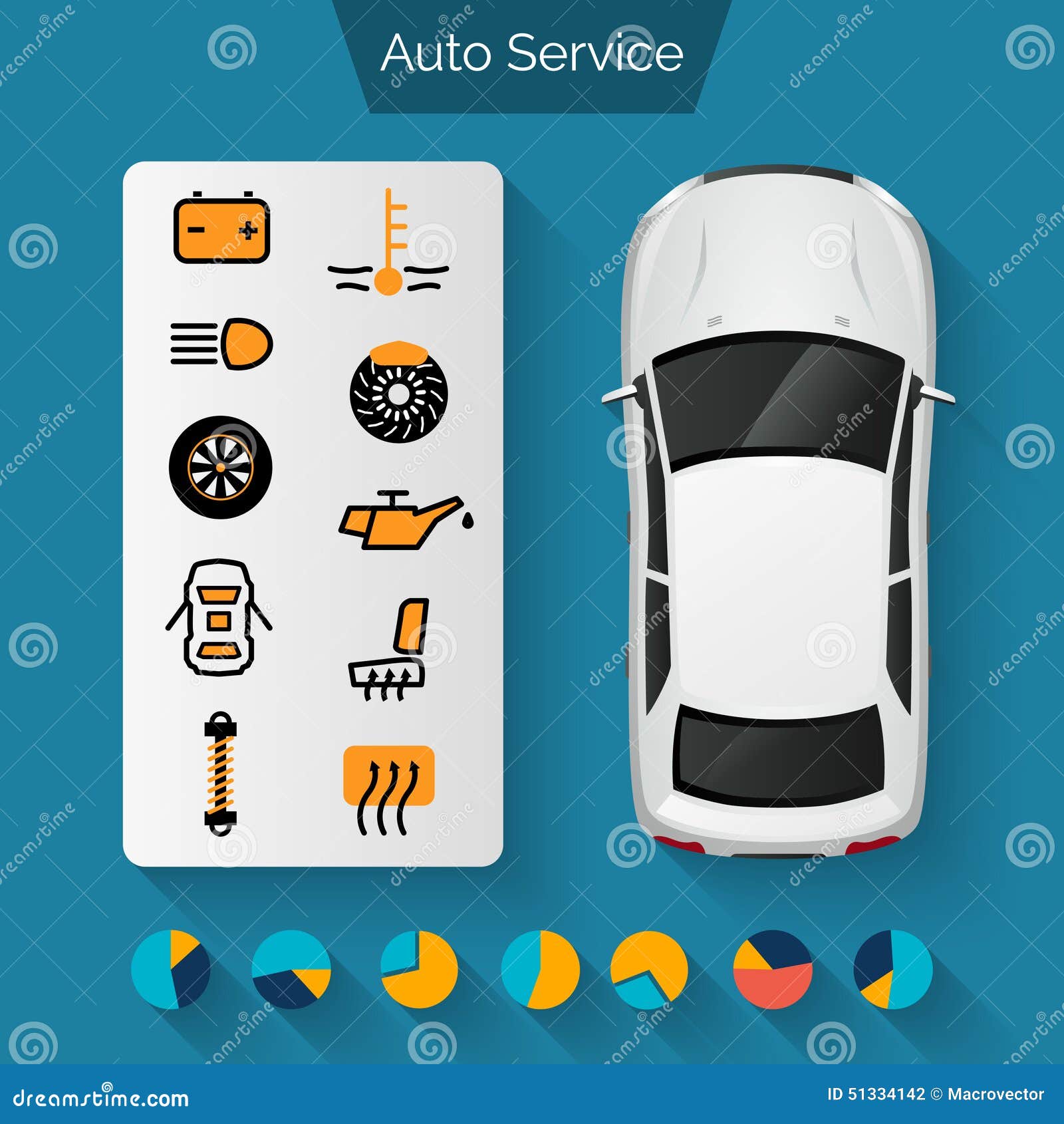Eager To Understand What The Dashboard Warning Lights In Your Vehicle Signify? Discover Their Definitions For The Well-Being And Safety And Security Of Your Vehicle
Eager To Understand What The Dashboard Warning Lights In Your Vehicle Signify? Discover Their Definitions For The Well-Being And Safety And Security Of Your Vehicle
Blog Article
Article Created By-Higgins Stark
When you lag the wheel, those glowing caution lights on your control panel can be a bit bewildering. Do you understand what they're trying to tell you regarding your cars and truck's wellness? Comprehending the importance of these lights is essential for your safety and security and the long life of your automobile. So, the next time among those lights appears, wouldn't you wish to understand its message properly and take the necessary actions to resolve it?
Common Caution Lights and Interpretations
Identify usual caution lights in your automobile and understand their definitions to make sure secure driving.
The most typical caution lights include the check engine light, which indicates concerns with the engine or exhausts system. If this light begins, it's critical to have your vehicle inspected quickly.
The oil pressure cautioning light suggests low oil stress, calling for instant attention to avoid engine damages.
car interior and exterior cleaning blinking battery light might suggest a defective charging system, possibly leaving you stranded if not resolved.
ceramic coating for cars tracking system (TPMS) light alerts you to low tire stress, influencing vehicle stability and fuel performance. Overlooking this might cause harmful driving conditions.
The abdominal light indicates a problem with the anti-lock braking system, jeopardizing your capacity to quit promptly in emergency situations.
Finally, the coolant temperature level cautioning light warns of engine getting too hot, which can cause serious damages otherwise dealt with quickly.
Recognizing these typical caution lights will aid you attend to concerns quickly and keep secure driving conditions.
Importance of Prompt Attention
Comprehending the typical caution lights in your vehicle is only the primary step; the value of promptly resolving these cautions can't be highlighted enough to guarantee your safety on the road.
When a warning light brightens on your dashboard, it's your cars and truck's method of communicating a possible concern that requires focus. Overlooking these cautions can lead to a lot more severe issues later on, jeopardizing your safety and security and potentially costing you extra out of commission.
Prompt focus to advising lights can stop failures and accidents. As an example, a blinking check engine light could indicate a misfire that, if left unattended, can trigger damages to the catalytic converter. Addressing this quickly can save you from a costly repair.
Likewise, a brake system alerting light may signal reduced brake fluid or used brake pads, essential elements for your security when driving.
DIY Troubleshooting Tips
If you observe a caution light on your dashboard, there are a few do it yourself repairing tips you can attempt before seeking expert assistance.
The very first step is to consult your cars and truck's manual to recognize what the details caution light suggests. Occasionally the issue can be as basic as a loosened gas cap setting off the check engine light. Tightening up the gas cap may solve the trouble.
One more usual problem is a reduced battery, which can trigger various alerting lights. Checking the battery links for corrosion and guaranteeing they're safe and secure may deal with the trouble.
If a caution light continues, you can attempt resetting it by separating the auto's battery for a few minutes and after that reconnecting it. Additionally, inspecting your vehicle's liquid levels, such as oil, coolant, and brake liquid, can aid troubleshoot warning lights associated with these systems.
Conclusion
In conclusion, recognizing your cars and truck's caution lights is vital for maintaining your vehicle running efficiently and safely. By quickly attending to these alerts and knowing what they mean, you can stay clear of costly repair work and potential malfunctions.
Bear in mind to consult your vehicle's guidebook for certain information on each cautioning light and take action as necessary to make sure a trouble-free driving experience.
Remain notified, remain safe on the road!
